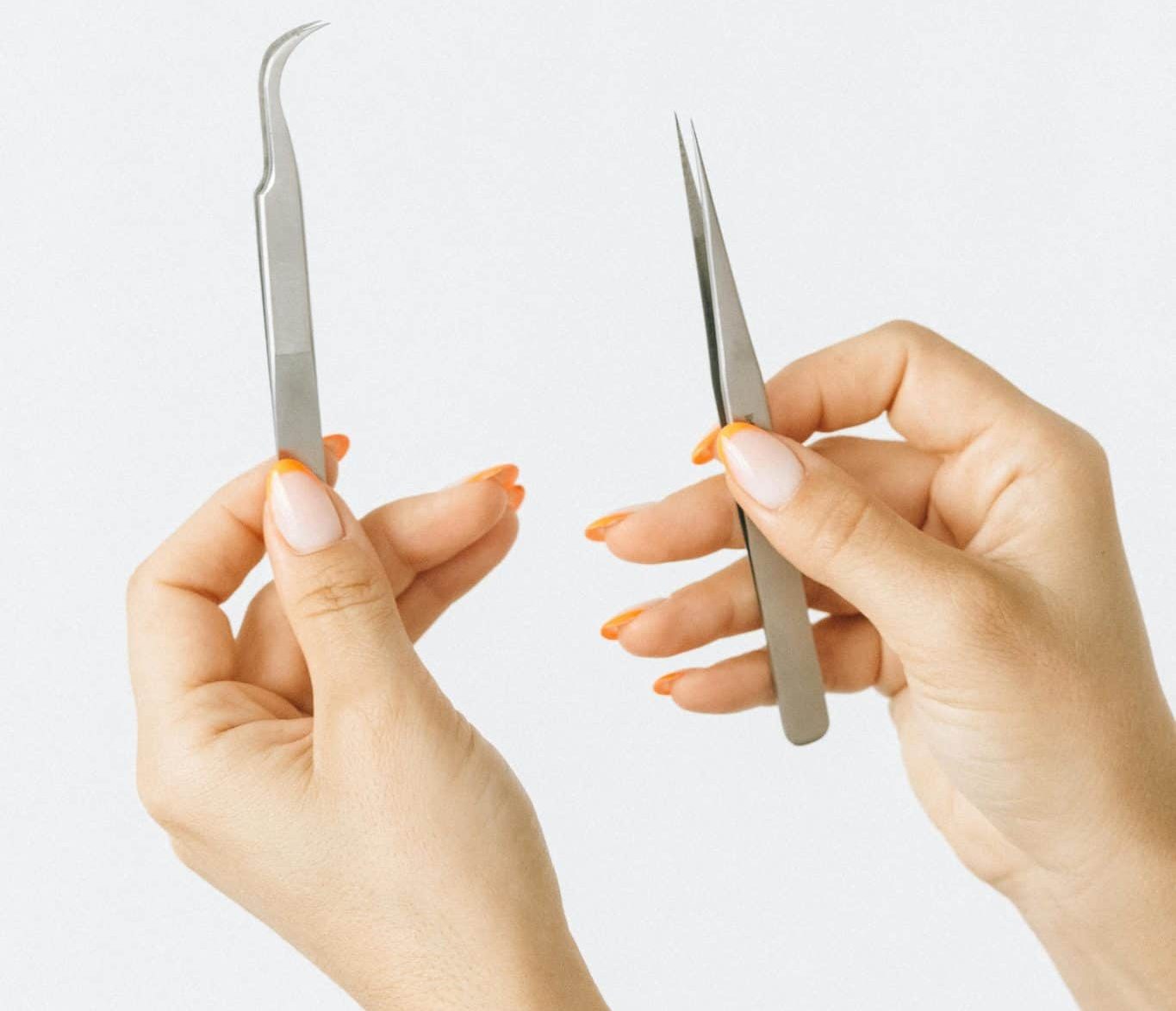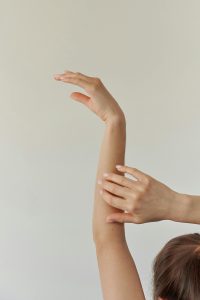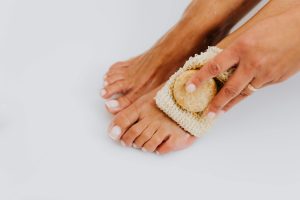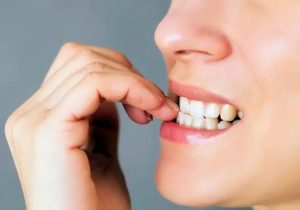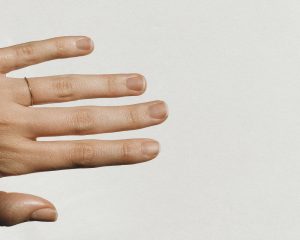You found our guide on hangnails!
It’s a small annoyance that can turn into a big problem: the hangnail. Whether it catches on your sweater or throbs with irritation, this tiny flap of skin is more than just a cosmetic issue—it’s often a sign that your hands and nails are begging for a little extra care. If you’ve ever wondered what is a hangnail and how to get rid of it safely, this guide is for you.
This article includes:
- what is a hangnail
- infected hangnail
- paronychia
- hangnail removal
- cuticle oil
- nail biting
This guide on hangnails is similar to Best Natural Ways to Fight Nail Biting.
Let’s get to it!
How to Care for a Hangnail: Causes, Treatment, and Prevention Tips for Healthier Nails
What Is a Hangnail?
Despite the name, a hangnail isn’t actually part of the nail itself. It’s a small, torn piece of skin that appears along the side or base of your fingernail or toenail—usually near the cuticle. These little slivers of dry, dead skin often show up when your hands are dehydrated, over-washed, or exposed to cold weather, cleaning agents, or other drying elements.
Hangnails may seem harmless, but when pulled or picked at (we know, it’s tempting), they can lead to infection, pain, or even swelling.
What Causes Hangnails?
Hangnails are caused by dry skin, trauma to the cuticle area, and repetitive stress on your fingertips. Some of the most common culprits include:
-
Frequent hand washing or hand sanitizer use (hello, post-pandemic reality)
-
Cold, dry climates without protective hand care
-
Nail biting or picking at cuticles
-
Using dull or dirty nail clippers
-
Exposure to harsh chemicals or detergents without gloves
Over time, these habits strip away your skin’s natural moisture barrier, making it more likely for the delicate skin around your nails to crack and peel.
How to Stop the Habits That Cause Hangnails
Let’s be honest—nail biting and cuticle picking often stem from stress, boredom, or anxiety. Breaking the cycle requires both mindfulness and maintenance.
-
Keep your hands moisturized. Apply a rich hand cream and cuticle oil daily, especially before bed and after washing your hands.
-
Wear gloves when doing dishes or cleaning to prevent chemical and water exposure.
-
Use a fidget tool or stress ball to redirect nervous energy away from your fingers.
-
Schedule regular manicures. Having neatly trimmed, polished nails can make you less likely to bite or pick.
-
Try a bitter-tasting nail polish deterrent if the habit is hard to break.
Consistency is key. Healthy, hydrated skin is far less likely to tear or peel.
Check out sundays studio to book your next manicure.
Nail Care for Hangnails: What To Do (and Not To Do)
If you spot a hangnail, resist the urge to pull. Instead, follow these safe and gentle steps for hangnail removal:
-
Soften the skin by soaking your fingers in warm water for 5–10 minutes.
-
Pat dry and apply a nourishing cuticle oil or healing balm to the area.
-
Use clean, sharp nail clippers or cuticle scissors to carefully trim the hangnail as close to the base as possible—never rip or tug.
-
Apply an antibiotic ointment if the area looks red or irritated, then cover with a bandaid to protect from bacteria.
-
Keep the area moisturized to help it heal.
Check out Got a hangnail? Here’s what to do.
What Happens If a Hangnail Gets Infected?
An infected hangnail, also known as paronychia, can become painful quickly. You might notice redness, swelling, pus, or a throbbing sensation around the nail. This type of hangnail infection usually results from bacteria entering the broken skin.
Infected hangnail treatment includes:
-
Soaking the finger in warm water 2–3 times a day
-
Applying a topical antibiotic ointment
-
Covering the area with a clean bandaid between soaks
If the infection worsens or doesn’t improve after a few days, it’s best to consult a healthcare provider. In some cases, oral antibiotics or minor procedures may be needed.
Learn more about Nail Infection (Paronychia).
How to Get Rid of a Hangnail—And Prevent the Next One
The best way to deal with hangnails is to prevent them in the first place. Here’s your go-to nail care routine for happier fingertips:
-
Hydrate regularly. Keep a nourishing hand cream and cuticle oil in your bag, on your desk, and by your bedside.
-
Use gentle nail tools. Avoid metal cuticle pushers or anything that scrapes the skin. Stick to well-maintained nail clippers and tools sanitized between uses.
-
Trim your cuticles carefully—or better yet, just push them back softly after a shower.
-
Don’t bite, peel, or pick. These habits damage both nail and skin, leaving you vulnerable to hangnails and infections.
Even in the hustle of city life, a few moments of daily hand care can prevent painful surprises down the line.
Final Thoughts on Hangnails
While hangnails might seem like a small nuisance, they’re often a sign that your nails and skin are craving a little more TLC. With thoughtful hydration, mindful habits, and a clean, gentle nail care routine, you can say goodbye to painful peeling and hello to strong, healthy hands. As with so many aspects of beauty and wellness, it’s the smallest rituals that make the biggest difference.
Next, check out 6 Ways to Strengthen Nails for a Healthier Appearance.

